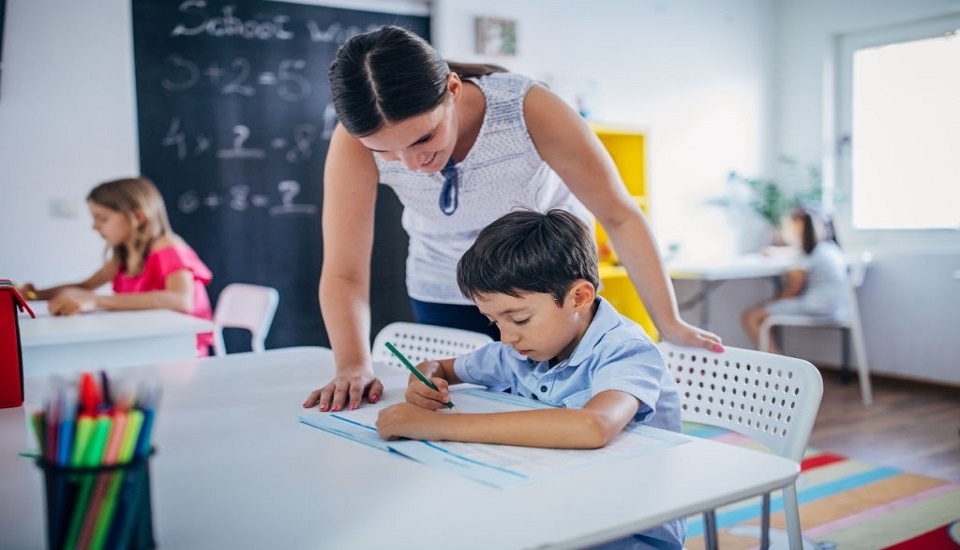For learners to Retain What You Just Taught to them educators know that lesson reflection is an integral part of the learning process. Getting students to summarize and understand classroom lessons often can be challenging. Nevertheless, when teachers can effectively design refection strategies learners can meaningfully understand their lessons for a longer period.
Reflection activities can be of many forms but the common goal of the refection period is to ensure learners have a concrete idea of what is their takeaway. Classroom refection activities are actions and task that helps learners to build their classroom community and increase their knowledge and skills on the subject matter.
5 Classic Reflection Strategies To Help Students Retain What You Have Taught In The Class –
1. Writing
Writing is the most common form of reflection in teaching practice, it is also known as the simple written response. For instance, learners can reflect in the form of journal writing. Journal writing can be prompt journaling – teachers can give a set of questions for students to write, personal journaling – learners write about their own experience on the subject matter. this type of reflection activity provides an opportunity for learners with in-depth insights.
2. Sketch
Abstract learning is best fitted for this kind of reflection. Sketching allows the student to adopt a metaphorical pathway with which they explore deeper understanding. This also helps learners be become more expressive creatively to draw what they think they know and how they are preserving the context of the lesson. Sketching reflection can be practiced on topics that learners are struggling to understand. This helps them to at least write something down and sort of opens the door to give an expression to their perception in non-threatening ways.
3. Brainstorming
Brainstorming is a simple reflective activity that is collaborative as well as interactive. At the end of the lesson, brainstorming can be either done individually where learners can take time to write down everything they remember about a topic or in a group activity where they can brainstorm questions and perspectives from different angles. Brainstorming activity can be an effective reflection strategy as it disarms issues and confusion related to the topic.
4. Vlog
With Vlogs, there is a greater chance of integrating 21st century techniques of teaching. as there can be immense possibilities to expose learners to the use of technology. This type of reflection strategy undoubtedly can be fun, motivating, and collaborative too. Vlog reflection activity can be done group-wise, where especially learners who love to speak on cameras can enjoy an activity of their interest, and also shy learners can slowly become more comfortable speaking in front of the camera.
5. Quizzes
Quizzes are a fun and short-time reflection activity. Quizzes can also allow the teacher to bring a positive, and actionable direction while giving guidance on reflection.Quizzes can also be designed on specific aspects especially on the lesson part where the emphasis is required. And the teacher can the articular portion a specific format for the reflection.
Your Takeaway
As educators, we feel more content when students can retain what we teach them through lessons. Regardless of how challenging this may seem, lesson delivery will only reach its full potential when we as teachers can create structure and opportunities to help our learners grow their skills and knowledge from what we teach.
This begins with student self-reflection. To help them Retain What You Just Taught we can help them reflect on their learning to enhance their understanding of what they’ve learned. With Pre and Primary Teacher Training courses, learning the latest reflection techniques to use in your classroom as a reflection at the end of the class is an integral and indispensable part of a student’seducation.
Written By : Ashwini Chandra








